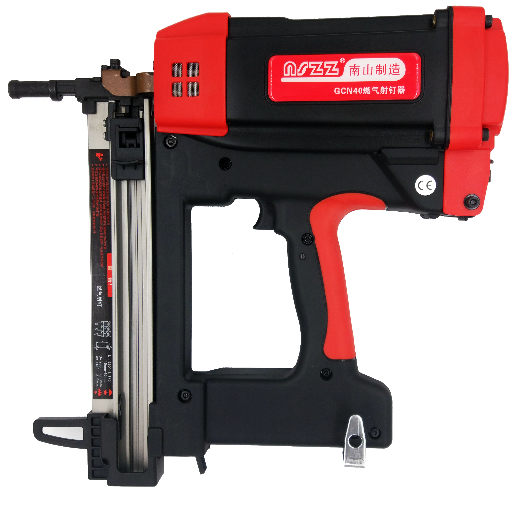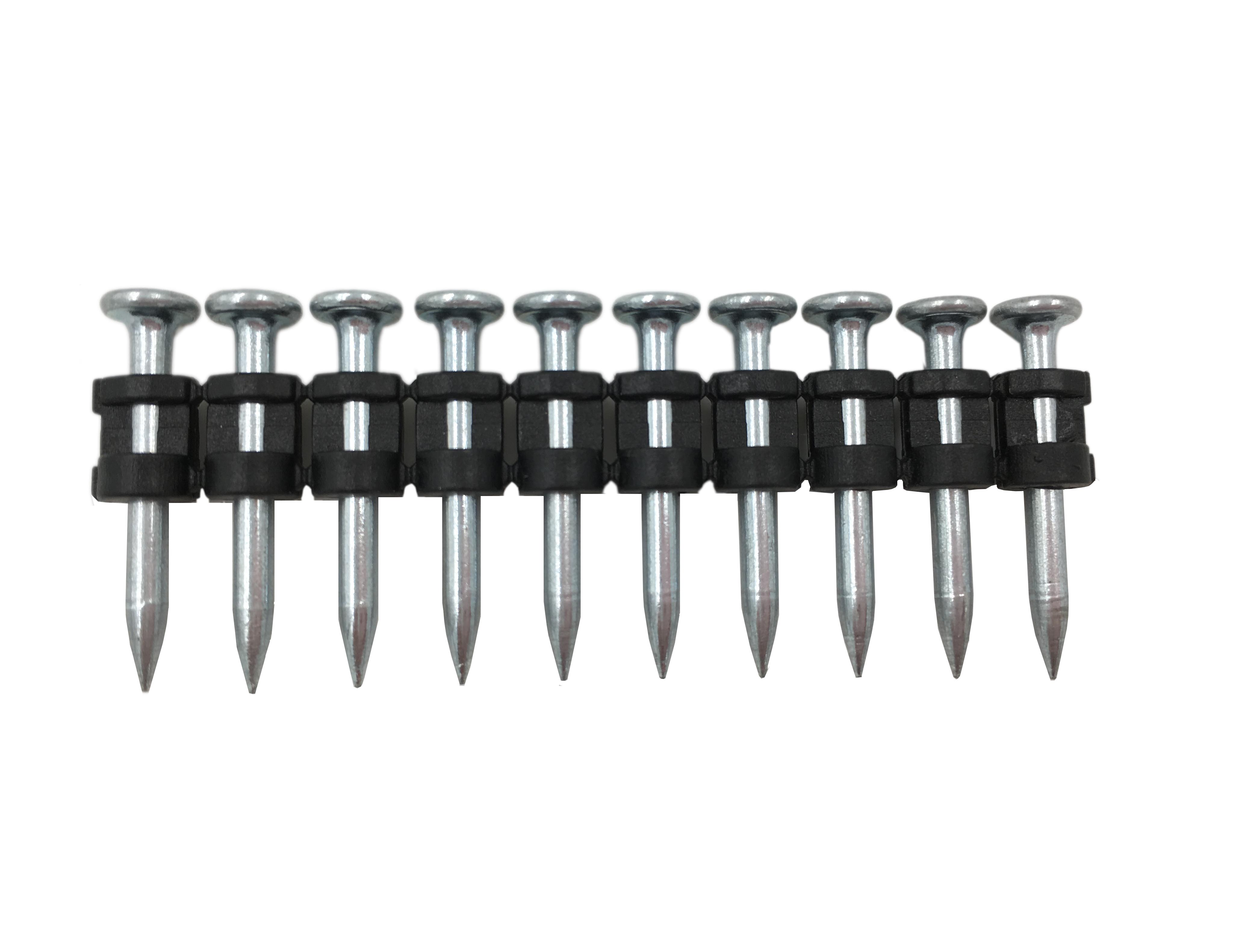PET is an abbreviation of polyethylene terephthalate. It is a thermoplastic with excellent performance. It has high melting temperature and glass transition temperature, and has good heat resistance, creep resistance, fatigue resistance and resistance. Friction and wear, electrical insulation and chemical resistance are widely used in the fields of synthetic fibers, films, engineering plastics, medicine and daily necessities. PET is inexpensive, and it began to be used as an engineering plastics application in the 1960s. It has been used in the automotive, electrical, electronics, household appliances and machinery industries.
1. Development of PET engineering plastics
However, PET has been used as an engineering plastic and has been subject to various restrictions for a long time. Since the usual processing die temperature is in the range of 70 ° C - 110 ° C, the crystallization speed of PET is too slow, resulting in imperfect and uneven crystallization, resulting in prolonged molding cycle, the article is easy to stick on the mold, and warp, The surface is rough and dull, impact resistance and poor heat and humidity resistance. For a long time, people think that it is not suitable for use as engineering plastics.
Since the 1940s, PET has been industrially produced as a fiber, and PET fiber is still one of the important varieties of synthetic fiber. The production of PET film began in the 1950s. Until 1966, Teijin Company made the improvement of the mechanical properties of PET through the combination of glass fiber and nucleating agent, improved heat resistance, and injection molding. It successfully developed glass fiber reinforced PET. In the same year, AKZO of the Netherlands also succeeded. Flame retardant glass fiber reinforced PET (FR-PET) was prepared. Although the problem of processing performance has not been fundamentally solved, its outstanding creep resistance, fatigue resistance, friction and wear resistance have caused people's extremes. Great interest. If this kind of output is large, the low-priced polymer material can fully exert its excellent performance by some methods, and its application prospect will be very extensive. Therefore, the pace of engineering development of PET plastics has continued.

PET
The development of PET engineering plastics can be divided into four stages. The industry is called four generations of PET. The development characteristics of each generation of PET and its representative manufacturers are shown in the following table:
It can be found that the development of PET engineering plastics mainly includes the following two parts:
1 to improve the crystallization properties of PET; this needs to reduce the crystallization temperature of PET, accelerate the crystallization rate of PET, so that it has good processing properties and mechanical properties;
2 Further strengthen, toughen and flame retardant the PET, increase its notched impact strength, and make it have more comprehensive, comprehensive and excellent mechanical properties, which are often blended with different materials to complement each other through performance. achieve. In the next few weeks, Xiaobian will be divided into six phases to introduce the methods and processes of PET crystallization, chain extension, reinforcement and toughening modification. Please keep your attention.
2.PET engineering plastic products
The Rynite® PET thermoplastic polyester resin developed by DuPont of the United States is a uniformly dispersed glass fiber or glass/mineral composite reinforced polyethylene terephthalate which crystallizes rapidly during injection molding.
Rynite® PET thermoplastic polyester resin is one of the most rigid and strong resins. As an engineering polymer, Rynite® PET thermoplastic polyester resin has excellent comprehensive properties such as high strength, high rigidity and excellent dimensional stability. Excellent chemical resistance, thermal stability and good electrical properties. Rynite® PET thermoplastic polyester resin has been successfully used in many applications such as housings, covers, brackets, bicycle components, pump components, electronic sensor housings, motor components, lamp holders, junction boxes, switches, coil bobbins, oven handles , control panel, small product shell, car interior parts, luggage rack, etc.
The joint signal company developed the Petra series of engineering plastics. In addition to the general properties of PET, it also has excellent high temperature resistance and excellent low temperature impact strength. It can withstand EFI coloring treatment above 200 °C, and the products obtained from this raw material. Has a good surface properties. Can be used to produce automotive interior and exterior decorative parts, such as doors, door supports, hoods and so on.
GE Company of the United States developed Valox 800 PET engineering plastics by blending PET with PBT and PC. It not only has good surface gloss and formability, it can be used at a high temperature of 220 ° C, and has high impact strength, which can be used to produce a car body.
Eastman Company of the United States has developed a fast-crystallizing, high-heat-resistance PET engineering plastic. This modified PET product has good low-temperature toughness and is not melted or deformed at higher temperatures (230-240 ° C), and is suitable for use in automobiles. Production of exterior trim pieces.
Compared with foreign companies, domestic PET engineering plastics are slow to develop and have a single variety. Sichuan Chenguang Chemical Research Institute, Shanghai Plastics Research Institute, Jinshan Petrochemical, Beijing Chemical Industry Research Institute, Guangzhou Blonde Technology Co., Ltd. and other research institutes and production units have carried out scientific research and product development work in this field, but the current product quality There is still a considerable distance between the production scale and the market demand, and there is no fundamental improvement in the situation that such products need to be imported from abroad.
3.Application and market of PET engineering plastics
PET engineering plastics have been widely used in various fields such as electronic appliances, automobiles, machinery, and daily necessities. The consumption ratio is 26% for electronic appliances, 22% for automobiles, 19% for machinery, 10% for appliances, 10% for consumer goods, and 13% for others. Specific application examples are as follows.
Electronic appliances
Can be used as micro-motor collector, coil frame for small DC motor, large coil frame, shunt, electric iron switch and cover, parts and housing of switch or power distribution device, relay parts and housing, rectifier housing, AC motor components , lighting sockets, plugs and socket connectors for telecommunications engineering, motor end covers, etc.
auto industry
Vacuum pump housing for engine, thrust pad for transmission system, fuel oil filter for internal combustion engine of fuel system, housing of electronic ignition system, cam cover and brake of power system engine, fan cover, air flow sensor housing, induction coil component Gears and pinion housings for the operating part of the chassis, grille and instrument panel, windshield wiper motor housing and trailer, climate control part air conditioner clutch, fuel level sensor, door handle, etc.
In recent years, with the rapid development of automobile lightweighting, various engineering plastics have been widely used in the automotive industry. At present, the total demand for domestic engineering plastics has reached 2.5 million tons, of which the total consumption of PBT and PET can be Up to 200,000 tons, China's engineering plastics industry is in the midst of a prosperous situation.
At present, there are more than 100 engineering plastics production enterprises in the country, but the production capacity and scale are small, and most of the enterprises produce modified resins for engineering plastics, and the proportion of enterprises engaged in the production of basic resins is very small. The main mode of operation is the use of plastic processing and modification technology to alloy general-purpose plastics or engineering plastics.
The performance of PET engineering plastics is better than PBT, but the raw material price is lower than PBT, which makes up for the vacancy of PBT in high temperature and warpage. Its use is extensive, and the domestic market demand is around 100,000 tons. And it grows at a rate of 10% every year, and the profit margin is large. However, because the product belongs to multi-variety and small-batch projects, the development technology is difficult. Although there are more than a dozen companies in the country researching and developing the product. But there are very few that can really be developed. The production capacity is not large enough to meet the market demand, resulting in products mainly relying on foreign imports.
In short, with its price advantage, PET engineering has received more and more attention, and there is a tendency to gradually replace traditional resins (such as ABS, PBT, PC, etc.). The crystallization, toughening and flame retardant modification of PET will remain hot. It is believed that with more investment in research and development, PET materials with better performance will be produced in China, and PET will be more widely used in China.
Gas Fastening System is a very popular and very efficient building Fastening System which include gas tool, fuel cell and strip fasteners. Gas tool absorbs flammable gas from fuel cell and mixes it in its air cylinder. The mixture is ignited by electric device and produce a lot of high pressure gas which push the piston go forward to push the strip fastener into the concrete or wood basement. Compared with General Purpose Powder Actuated Fastening System, it is much more quicker and efficient. But it is not used for very hard basement for its highest power energy is no more than 110 Joules.
Gas tool:

Fuel Cell:

Strip Fasteners:

The packages are as the following:
1.Gas tool and its spare parts will be packed by a plastic box with a carton;
2.10 Fuel Cells are packed by 1paper box, 12 boxes are packed by one carton.
3. 1000 strip fasteners are packed by 1 paper box, 5 or ten 10 paper boxes are packed by one carton.
Gas Fastening System
YIBIN CITY NANXI DISTRICT QIANGXIN PLASTIC CO.,LTD. , https://www.homsetfastening.com





